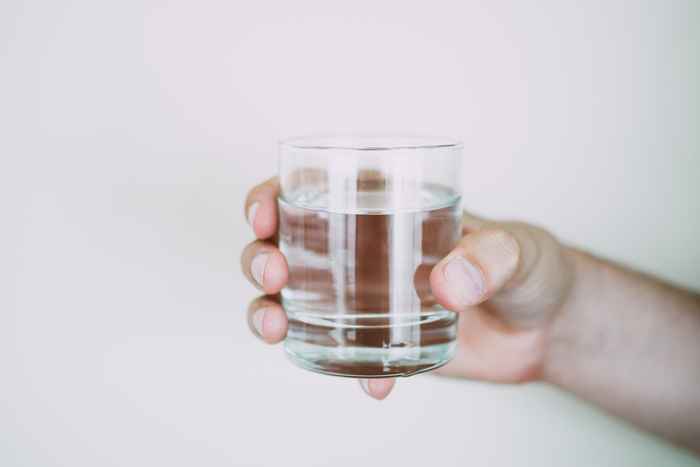'Forever chemical' PFAS in Dutch drinking water
28 February 2023

Per- and polyfluoroalkyl substances (PFAS) are a class of thousands of man-made chemicals used in our daily lives such as making products resistant to water, heat, and stains. Sadia: ‘PFAS do not easily break down in the environment and are very difficult to destroy. These properties have caused a significant build-up of PFAS in our surroundings since the chemicals were first introduced in the 1940’s.’
Sadia and his colleagues received funding from the European Union to study PFAS in Dutch drinking water. ‘We investigated the occurrence and health risks of PFAS in raw and produced drinking water and determine how efficiently these chemicals are removed during drinking water treatment,’ Sadia explains.
PFAS in all 18 sources
‘We sampled raw and produced drinking water from eighteen different locations in The Netherlands, including different drinking water sources and different treatment processes.’ Sadia explains. The results showed that PFAS is found in all drinking water and drinking water sources throughout The Netherlands. Due to their unique chemical properties, PFAS is very difficult to treat and remove using conventional water treatment processes. The new research also showed that there is a discrepancy between different treatment stations even though they use the same treatment process.
8 out of 11 surface water sources exceed safety norms
Several regulations and guidelines are in place to limit the amount of PFAS in the environment. In The Netherlands, the National Institute for Public Health and the Environment (RIVM) follows the recommended maximum PFAS threshold introduced by the European Food Safety Agency (EFSA), but also has the obligation to implement the binding new EU drinking water thresholds by 2023.
In this new research, multiple locations (8 out of 11) of drinking water produced from surface water exceeded the safe level introduced by EFSA. All of the drinking water still met the requirement from the EU Drinking Water Directive. Sadia: ‘However, extra effort is needed for further source protection and further water treatment where needed, to ensure the safety of the drinking water produced from surface water.’
Producing drinkable water
Drinking water in the Netherlands is produced from surface water (ca. 40%), and groundwater (ca. 60%) as a raw water source. Ten public drinking water companies in the Netherlands are responsible for ensuring safe, clean, and sufficient drinking water is delivered to the people. They use a range of treatment techniques for the removal of contaminants from raw water. New and advanced techniques, such as membrane- and GAC filtration, are expected to remove contaminants more efficiently than the traditional techniques like aeration and sand filtration.
Publication details
Publicatiedetails
Open Acces publication. Mohammad Sadia, Ingeborg Nollen,Rick Helmus, Thomas L. ter Laak, Frederic Béen, Antonia Praetorius, Annemarie P. van Wezel, 2023, Occurrence, Fate, and Related Health Risks of PFAS in Raw and Produced Drinking Water.